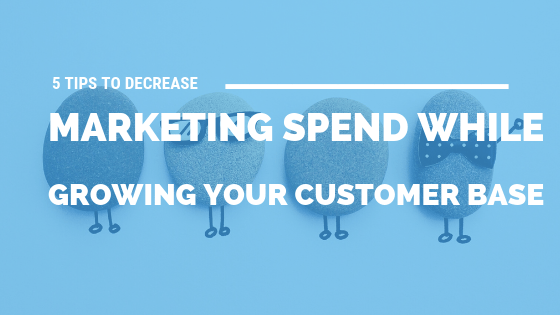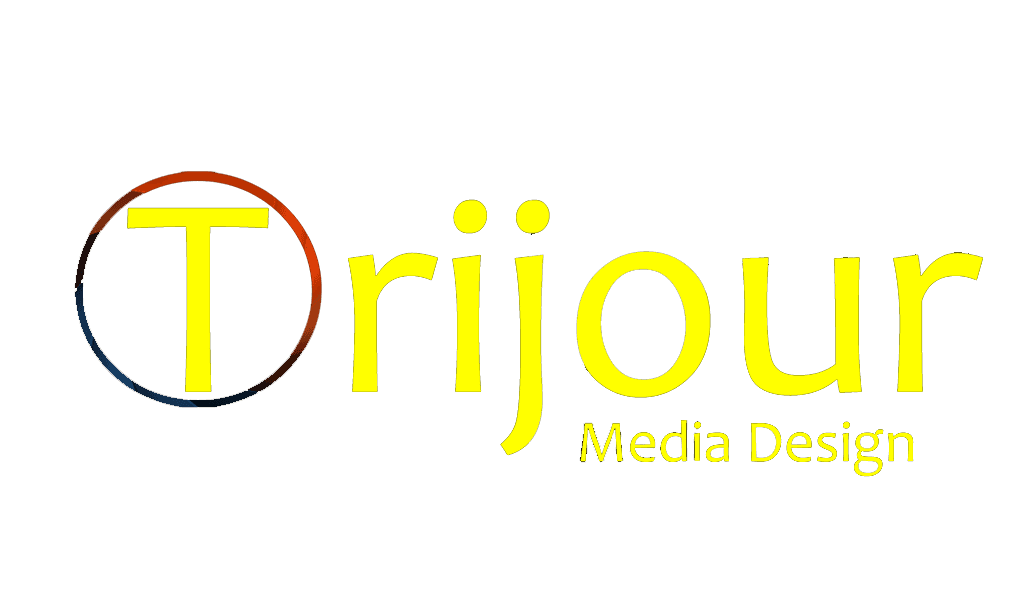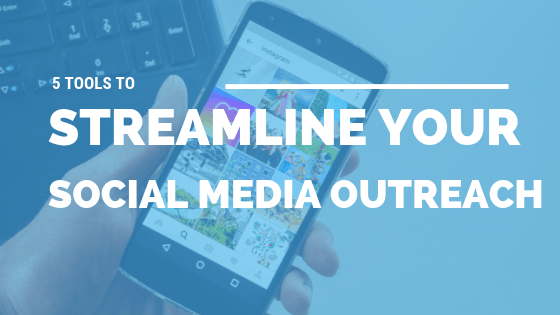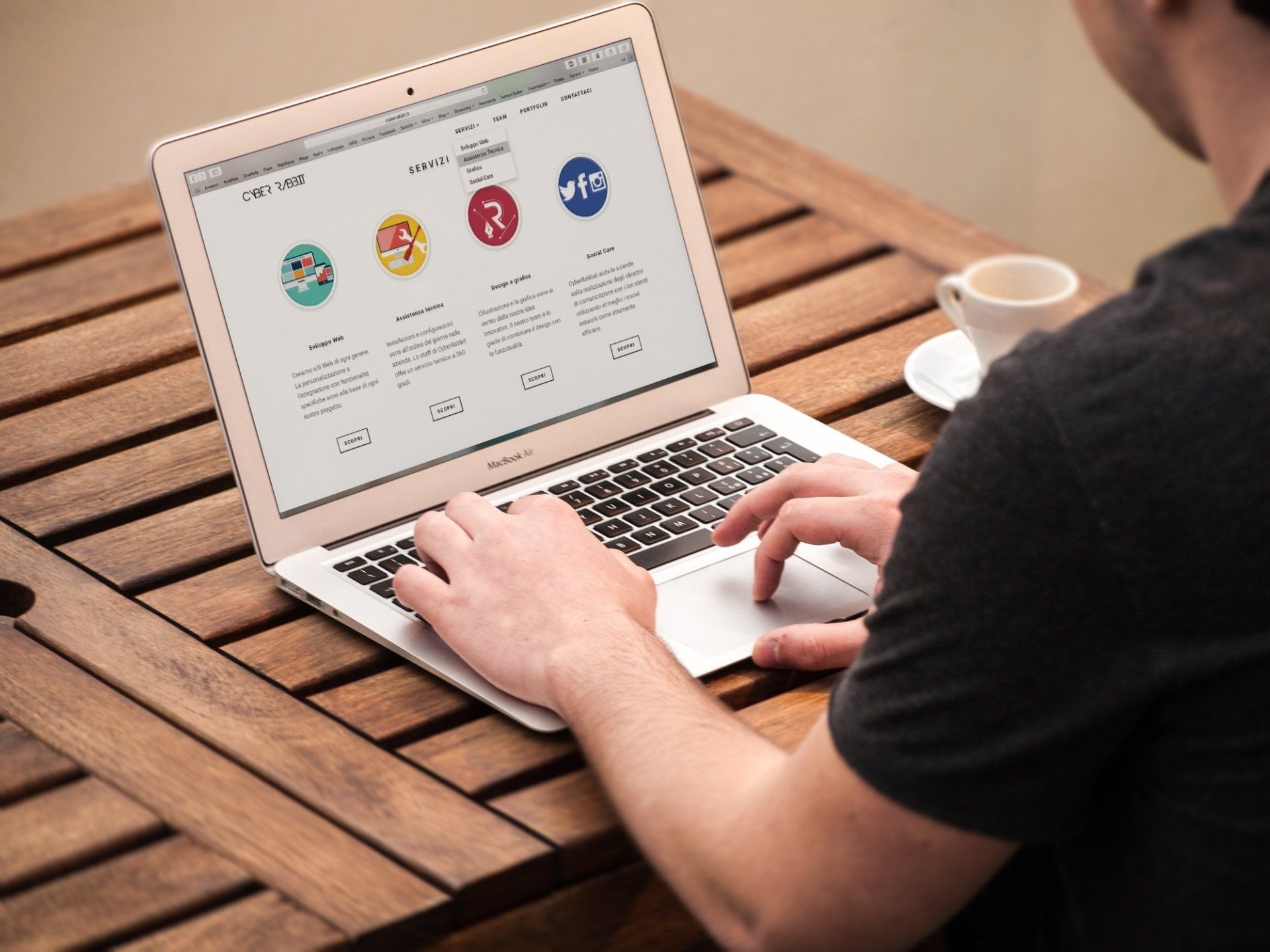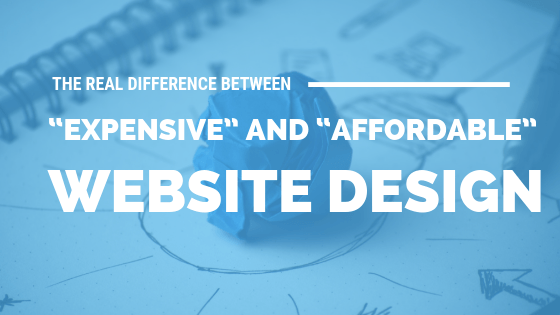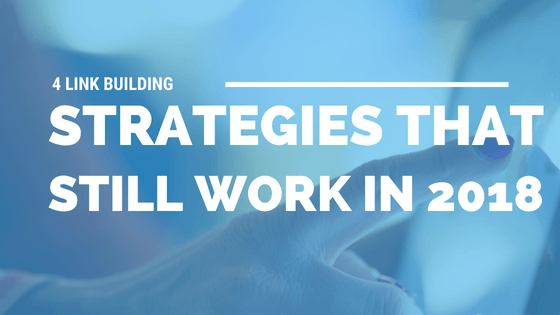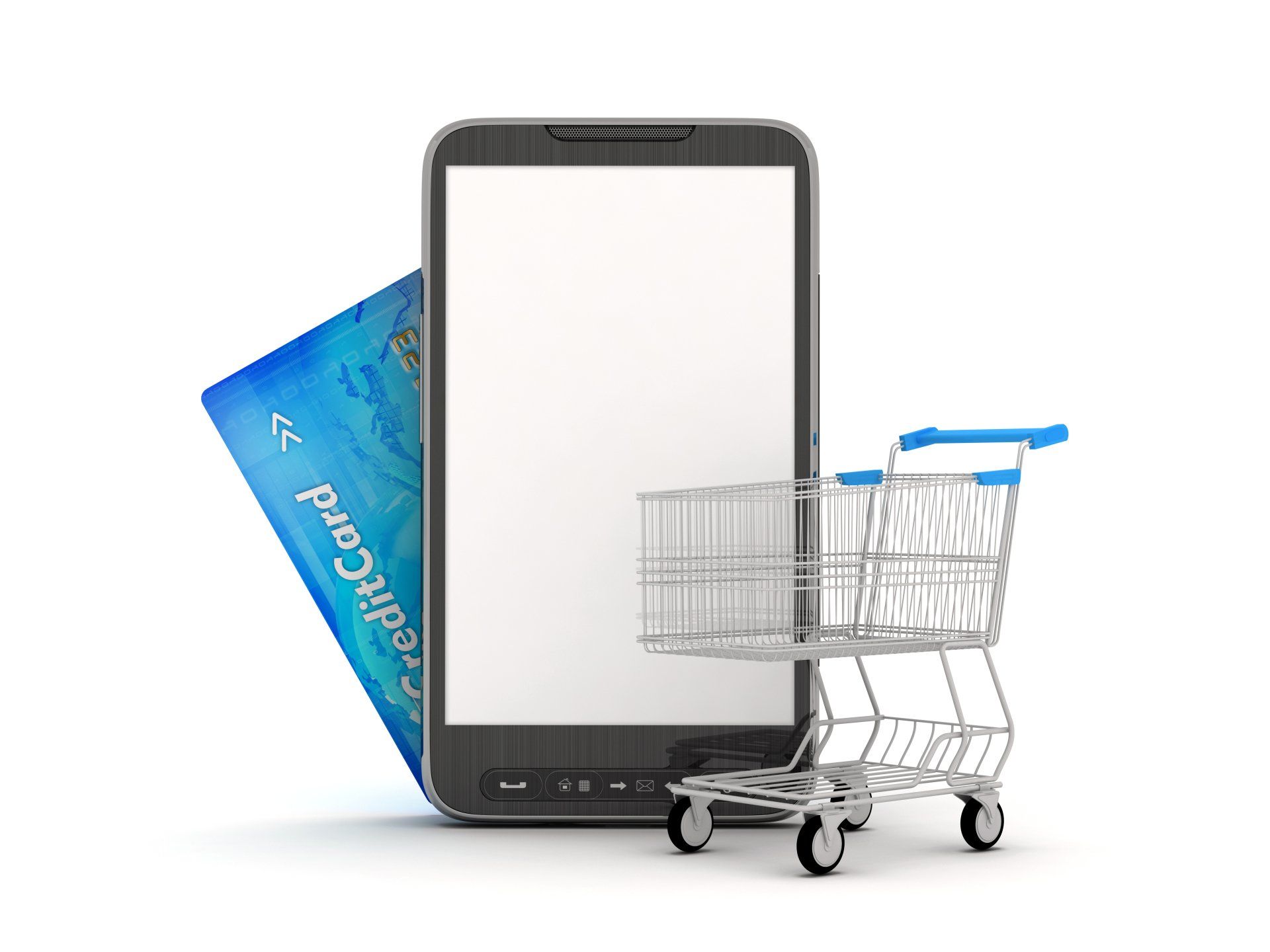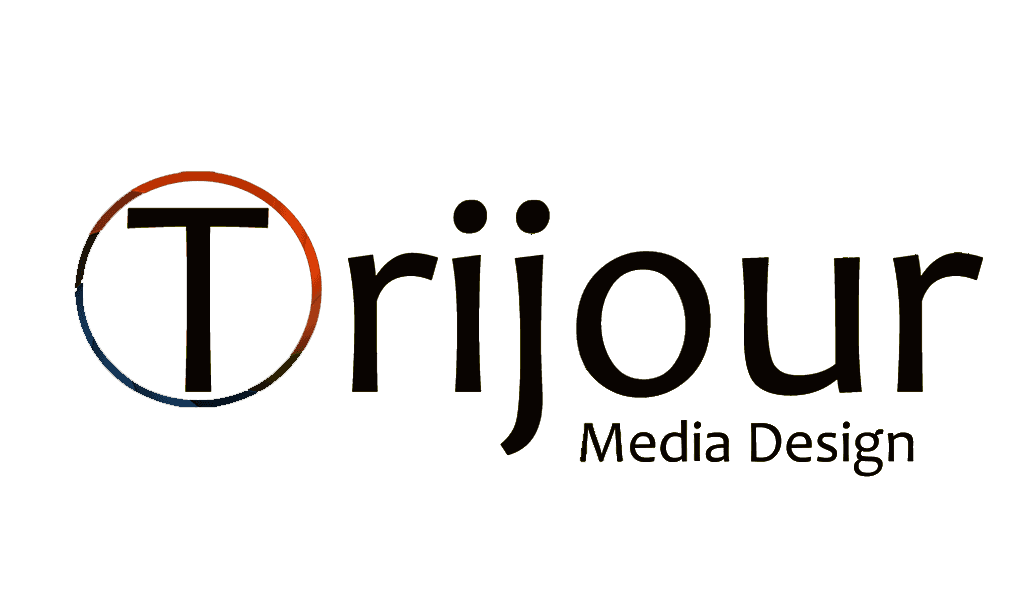6 Trends in User Experience That Your Website Can Take Advantage of Today
User experience, or UX, is an elusive concept. It describes
the feelings and associations that a website triggers in its user, whether
positive or negative. As such, it’s not something you can design, per se, since
the user plays a role in their own experience, but it is something you can
design for.
And it’s a field that’s
constantly advancing, since people’s experiences on websites generally
determine whether or not they’ll make a purchase, sign up for an email list, or
complete another desirable action. Here are ten current movements in user
experience your site can get on board with to stay on the cutting edge.
1. Accessibility Across the Board
A user’s experience can vary greatly based on their background, in particular if they suffer a disability, like epilepsy or myopia. That means your site should opt for designs that don’t aggravate these conditions, or make your features unusable for people who suffer from them. Avoid flashing lights and tiny text and look for alternatives that everyone can use.
2. Casual Language
The websites that are connecting the most with younger people are sites that break traditional rules about marketing copy. If your site or the products you sell there are geared toward people younger than 25, there’s no need to be overly formal in your language. So don’t hesitate to use abbreviations, and try to make your text come across as personable, even if you risk sacrificing a little professionalism.
3. Minimalist Menus
The ease or difficulty of navigating a website is one of the biggest factors affecting user experience. And while it’s not a negative to have a site with a lot of pages and features, if your menu lists them all in a confusing, intimidating jumble, many users will be too overwhelmed to experience any of them. Sites are trending toward simplified menus, especially using the so-called “hamburger” design—the three stacked horizontal lines have become a widely recognized shorthand indicating the presence of a drop-down menu.
4. Authentic Branding
As we’ve stated, it’s not necessary to be overly proper in your marketing copy if you’re trying to attract Internet-native users. But these same users have a low tolerance for branding that feels inauthentic or overly targeted at young people. If you’re not sure what constitutes inauthentic branding, check out the FellowKids subreddit, where users submit examples of companies trying (and failing) to appeal to the youth. Co-opting youth slang or using emojis isn’t a great idea, even if you’re shooting for a less formal tone.
5. Chatbots
People have a better experience on websites where they engage in some kind of interaction, even if it’s not with an actual human being. They are more engaged and interested in sites that let them ask questions in a conversational format rather than searching out the answers on their own. For this reason, chatbots are having a moment. These virtual assistants can be programmed to answer frequently asked questions and deliver targeted marketing copy, and they’re surprisingly cheap to implement.
6. Time-Saving Design
With people spending more time on apps and websites than ever before, they’re getting picky about where they spend that time. That means that sites and apps that have tedious, time-wasting interfaces or features are falling out of favor. Saving your users time will earn their trust and often their business. So design your site with the most common navigation paths in mind, and include pop-up suggestions that anticipate users’ actions before they even decide to make them.
Make user experience a priority! Even if your site’s content or products are stellar, a site that doesn’t deliver a good experience is doomed to fail. Put in the effort and you’ll have happy users and a healthy bottom line.
